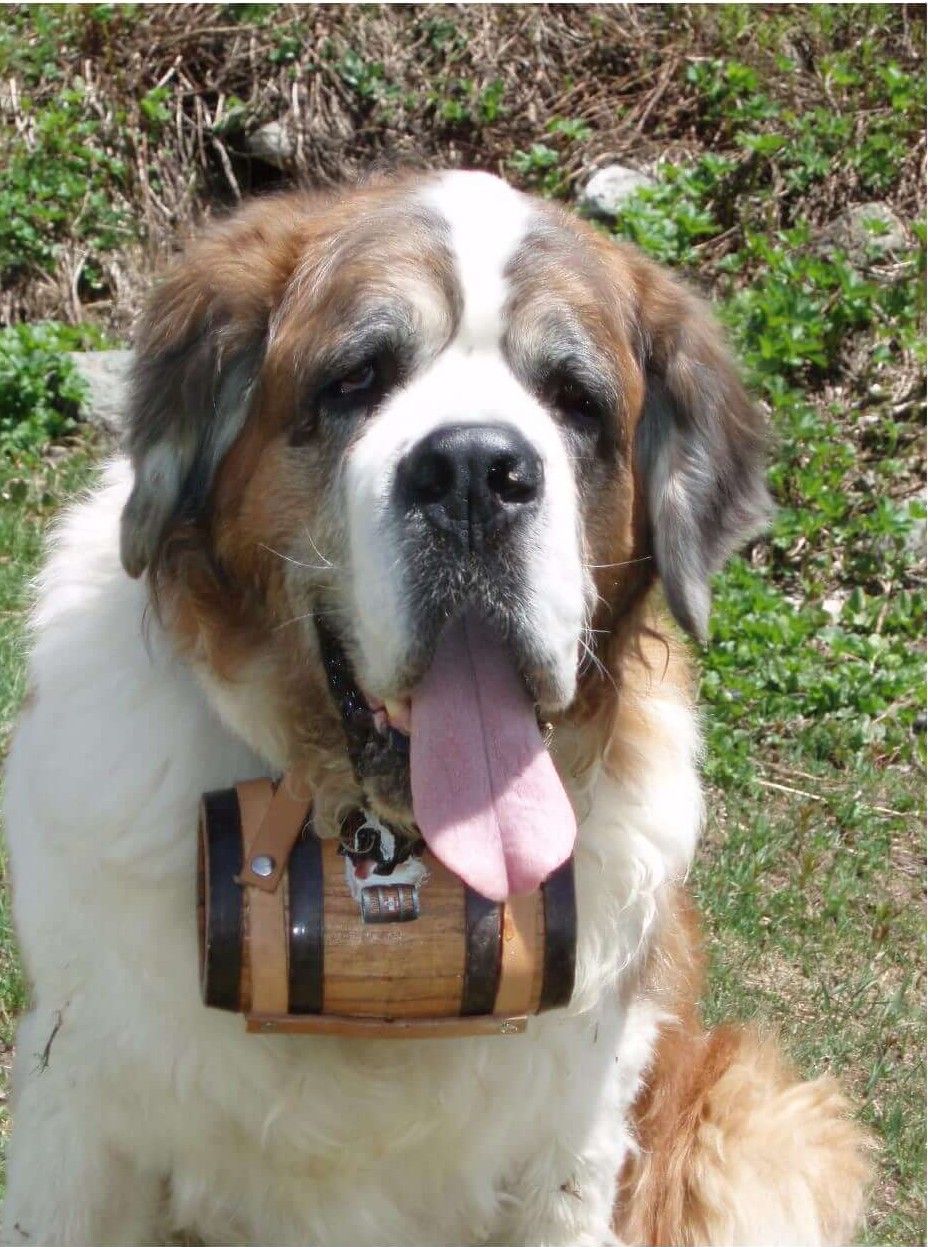The Saint Bernard
Article published on 5/ 05/ 2020

The Saint Bernard’s Dog takes its name from the monastery where the monks use it to search for lost travelers, as an avalanche and pack dog.
It was at the Cols du Grand and Petit Saint Bernard that the monks made them their auxiliary and even more their companion and the legendary Barry who saved between 1800 and 1812 forty lives contributed greatly to his fame.
The dog of the Saint Bernard is part of the molossades and exists in two varieties: short hair or long hair. It is of large size: 70 to 90 cm for the males and 65 to 80 cm for the females with a powerful and hamonious body whose head is attentive.
The history of Saint BernardTestimony of my adoption to the associationAcquisition of a new comapgnie animal
May 20205 May 202016 May 2020Octobre 202229 October 2022
The tail is heavy, long and drooping, bushy for dogs with long hair and the hair is dense and smooth with abundant undercoat.
The weight ranges from 60 to 100 kg or more and its colours are red-brown on a white background, a white band around the muzzle and rising between the eyes.
His education is relatively easy despite sometimes a certain stubbornness and he is sometimes tempted to be lazy. Despite everything, a little room in the garden will suit him very well.
The hair requires only a regular brushing especially in that" that concerns the long hair and above all it should not forget its bowl which must be generous.
This priceless giant requires a family at the height because imagine a dog of 90 kg and measuring 90 cm at the withers with a personality as massive as its size... Also, it is very important to choose a perfectly socialized dog and do not hesitate to seek advice.
The Saint Bernard’s Dog can be summed up as a kind, vigilant, intelligent dog, protector of strangers but not aggressive, tolerant and frankly cool.
Excuse the little but then no question of abandoning him under the false pretext "that we did not know..."
